Clay pots—especially the traditional Japanese donabe—aren’t just cookware; they are culinary tools steeped in history and beloved for their superior heat retention, gentle cooking, and flavor-enhancing properties. But to enjoy their benefits for years to come, proper seasoning, care, and maintenance are essential.
In this guide, we’ll walk you through:
- How to prepare a clay pot for first-time use
- The best methods to season it
- Key cooking and cleaning tips
- Troubleshooting common problems
Whether you're using an unglazed donabe, a glazed clay pot, or a karichatty (South Indian-style pot), this guide will help you get the most out of your earthenware.
Why Seasoning Matters for Clay Pots
Clay is naturally porous, which makes it fragile and vulnerable to:
- Cracking from heat stress
- Absorbing odors or flavors
- Sticky food residue
Seasoning helps to:
- Strengthen the clay by filling microscopic pores
- Create a semi-non-stick surface
- Extend the long life of your pot
- Enhance flavor with every use
Even preseasoned, glazed, or painted claypots benefit from seasoning before first-time use.

Preparing Your Clay Pot for First Use
Step 1: Gentle Wash
Wash your new pot with:
- Mild detergent
- A soft sponge
- Warm water
Avoid baking soda or abrasive pads at this stage.
Step 2: Soak Thoroughly
Submerge the pot (including the lid) in plain water for 2–4 hours. For better pore absorption:
- Use rice-washed water or starch water from rinsing rice
- Soak longer if the claypot is thick or unglazed
Seasoning Techniques for Clay Pots
Traditional Japanese Rice Starch Seasoning
- Cook Rice Porridge: Use 1 part rice to 5 parts water.
- Simmer Gently: Cook on low to medium heat for 30–60 minutes.
- Cool Naturally: Turn off the heat and allow the mixture to cool inside the pot.
- Discard and Rinse: Remove the porridge and rinse with warm water only—no soap.
This process seals the pores with starch and helps prevent cracks.
Optional: Oil Rubbing for Extra Protection
After drying, rub a thin layer of coconut oil inside the pot (especially if it’s unglazed), then let it sit overnight. This adds a hydrophobic coating to reduce food sticking and moisture absorption.

Cooking Tips: Using Your Seasoned Clay Pot
Use Gradual Heat
- Always start from a cold pot on low heat
- Slowly raise to medium flame
- Avoid high or sudden temperature changes
Avoid Quick Temperature Swings
- Never place a hot clay pot on a cold surface—use a wooden board or trivet
- Don’t pour cold liquid into a hot pot
Stir with Wooden or Silicone Utensils
Use wooden spoons to prevent scratching and preserve the pot’s surface.
Choose Appropriate Recipes
Clay pots are great for:
- Stews
- Soups
- Braised dishes
- Yogurt or curds (in a separate pot)
Cleaning and Maintenance Tips
After Cooking
- Let the pot cool completely before washing.
- Rinse with warm water and a soft sponge.
- Avoid using strong soaps or harsh chemicals.
Burned Food? No Problem.
Soak the pot, then scrub gently with a baking soda paste or use a wooden spatula. For stubborn stains, simmer water with baking soda inside the pot.
Drying and Storage
- Dry the pot upside down in a well-ventilated area
- Insert cotton pads or paper towels to absorb residual moisture
- Do not store with the lid fully sealed
- Avoid the refrigerator unless labeled refrigerator safe
Troubleshooting and Best Practices
Cracks and Fractures
Mild cracks may be sealed with reseasoning. If the crack leaks, stop stovetop use. Use low-medium flame and a heat diffuser to prevent cracking.
Burnt Claypot or Stuck Residue
Soak the pot in warm water and use a baking soda scrub. Avoid metal pads or toxic soaps.
Muddy Water Discoloration
Common during initial use—just continue soaking and seasoning until clear.
Overheating
May cause black spots or weaken the clay. Avoid dry-heating and excessive heat.
Flavor Retention and Odor
- Use separate pots for veg and non-veg dishes
- Simmer lemon or vinegar water to neutralize odors
- Dedicate a separate pot for setting curds
Soap Sensitivity
Do not use harsh or commercial soaps. Stick to water and natural cleaners like baking soda.
Storage in Humid Climates
Dry completely and sun-dry occasionally to prevent mold or mildew.
Final Thoughts
Seasoning a clay pot isn’t just a ritual—it’s an investment in longevity, performance, and flavor. With proper care, your clay cookware can serve your kitchen for decades, growing more flavorful and character-rich with every meal.
Whether you're just starting with a donabe or expanding your collection with a karichatty or black clay pot, remember: slow heat, simple care, and mindful maintenance are the keys to success.
Shop Authentic Clay Pots
Explore our selection of handcrafted clay cookware at MyJapaneseWorld.com. From minimalist glazed pots to rustic, unglazed donabe, we bring you the best in traditional Japanese artistry.
Frequently Asked Questions
Q: Do I need to season a glazed clay pot?
A: Yes. Although glazed pots are less porous, light seasoning strengthens the base and enhances performance.
Q: Can I use clay pots on an induction stove?
A: No. Traditional clay pots are not induction-compatible. Use them on gas, electric coils, or with a flame diffuser.
Q: How often should I re-season a clay pot?
A: One good seasoning is usually enough, but reseason after long storage, visible cracking, or loss of non-stick behavior.
Q: Can I use soap to clean my clay pot?
A: Avoid commercial soaps. Instead, use warm water and natural cleaning agents like baking soda.


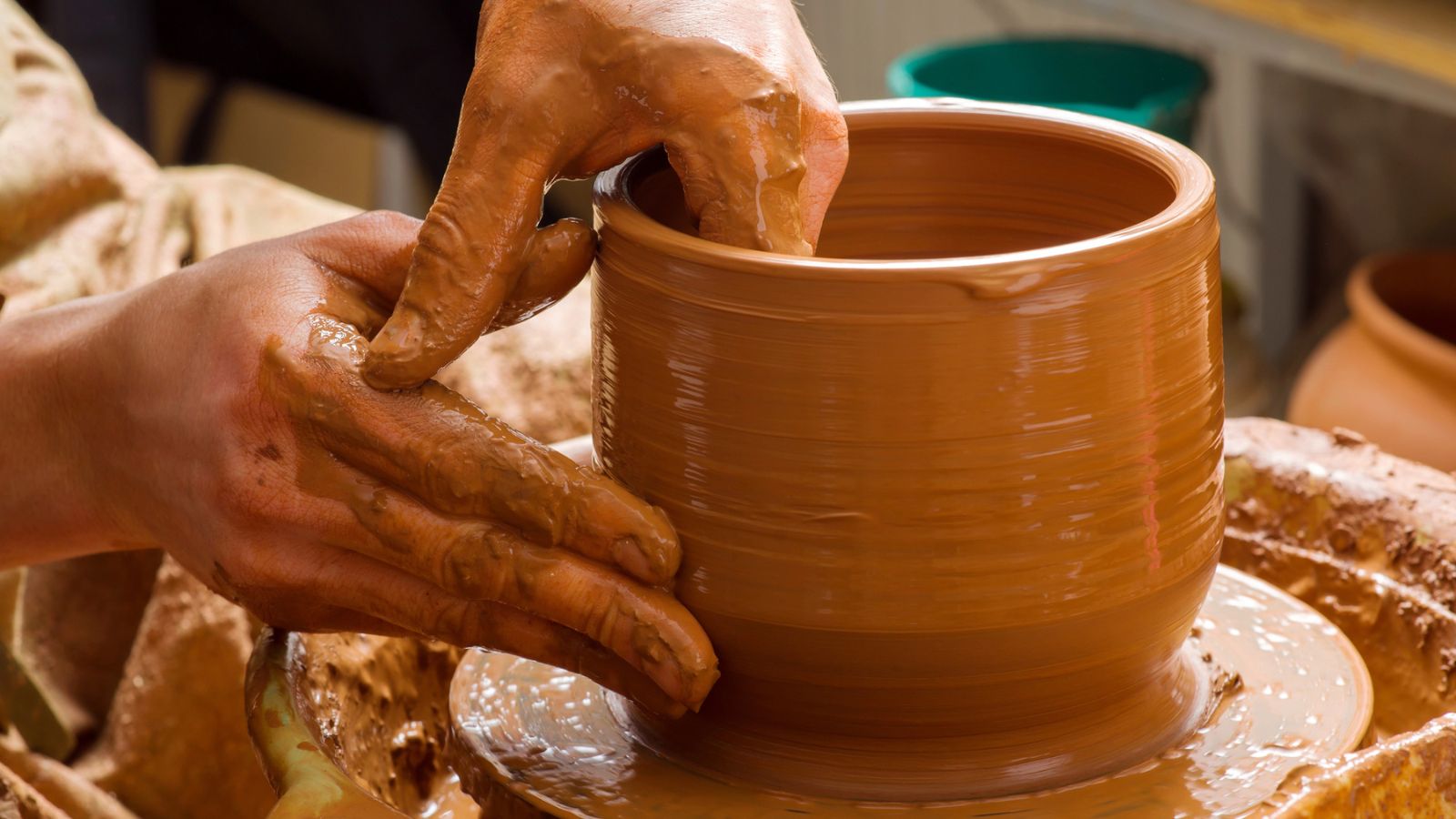
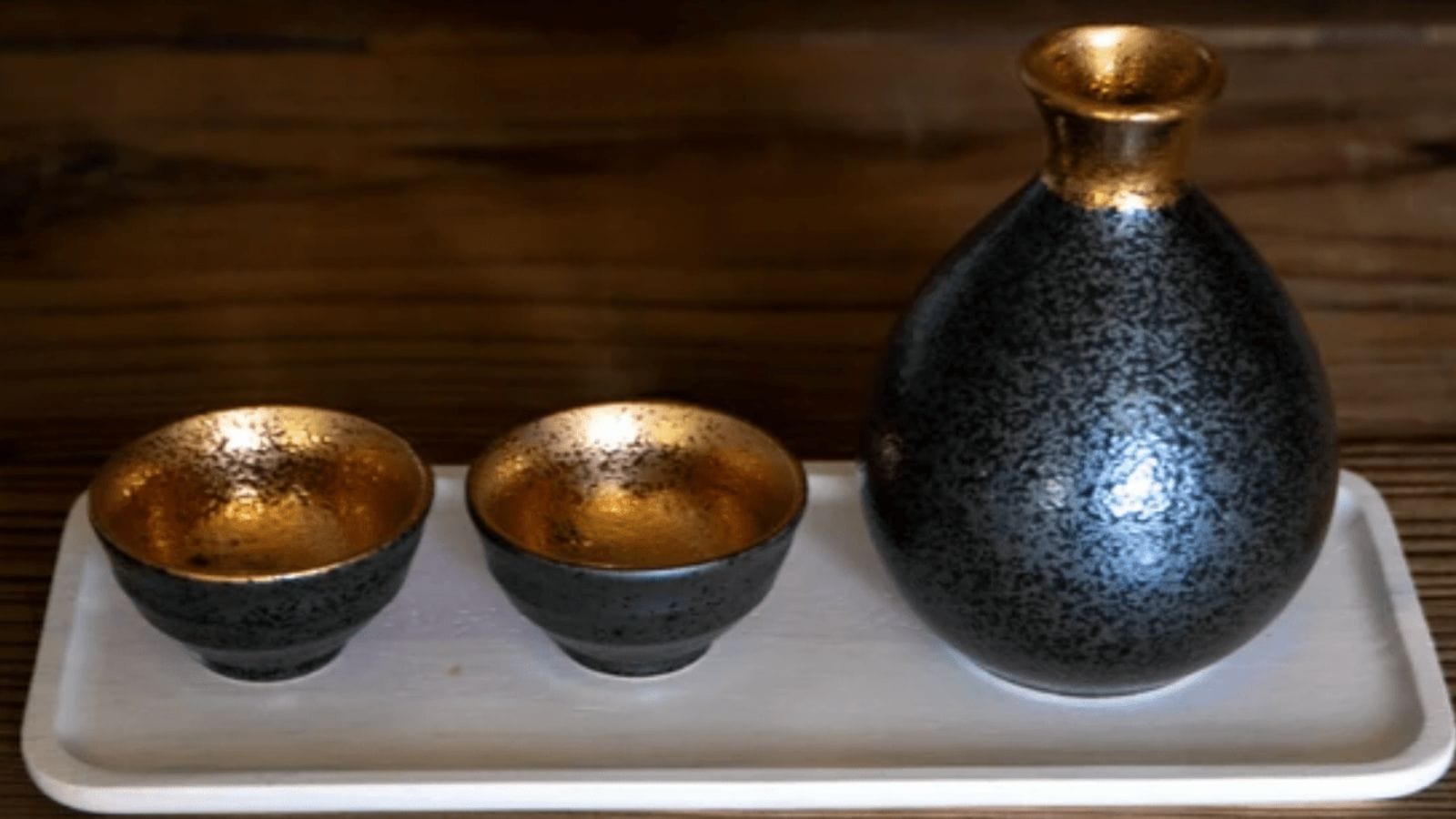
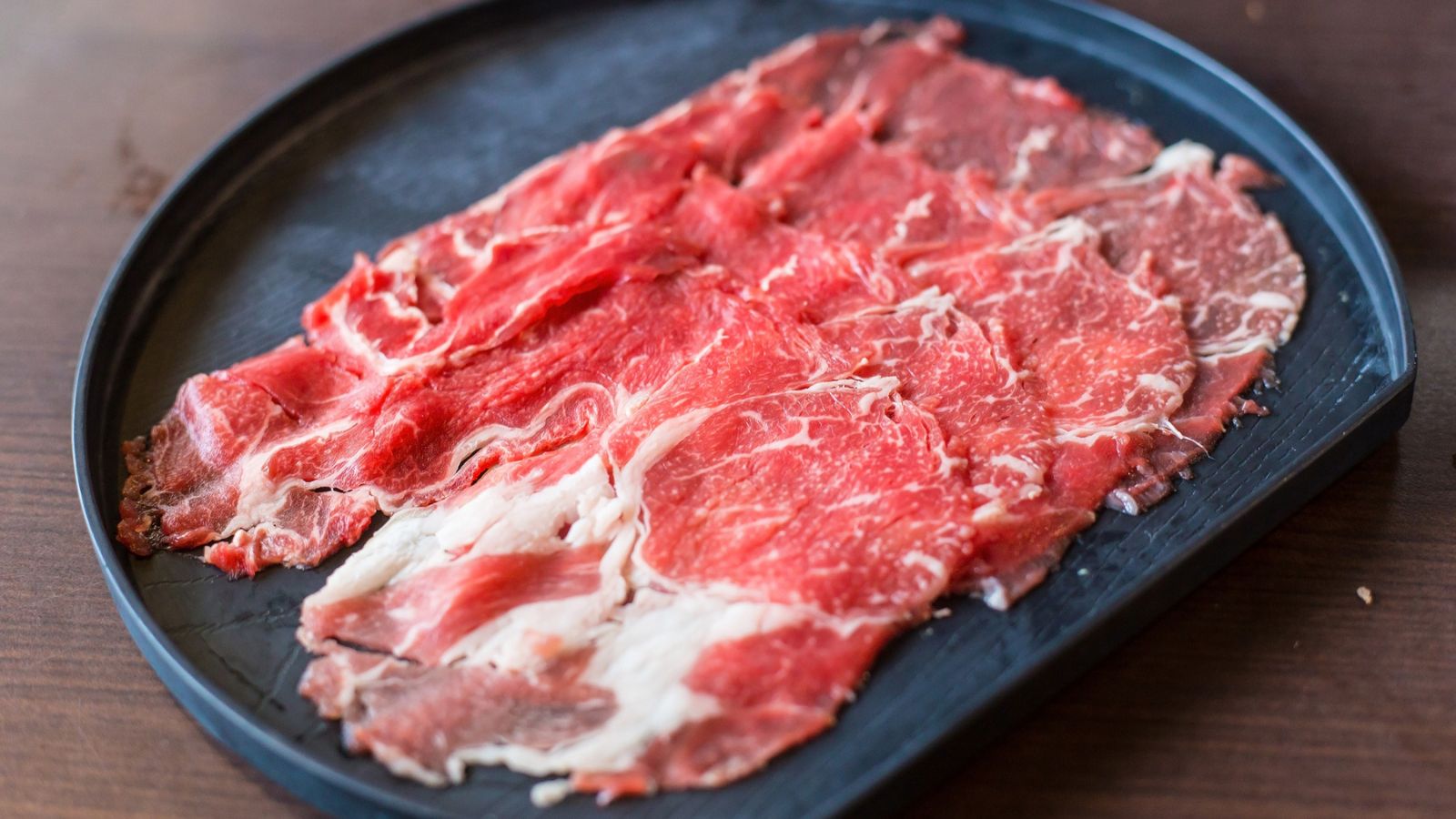

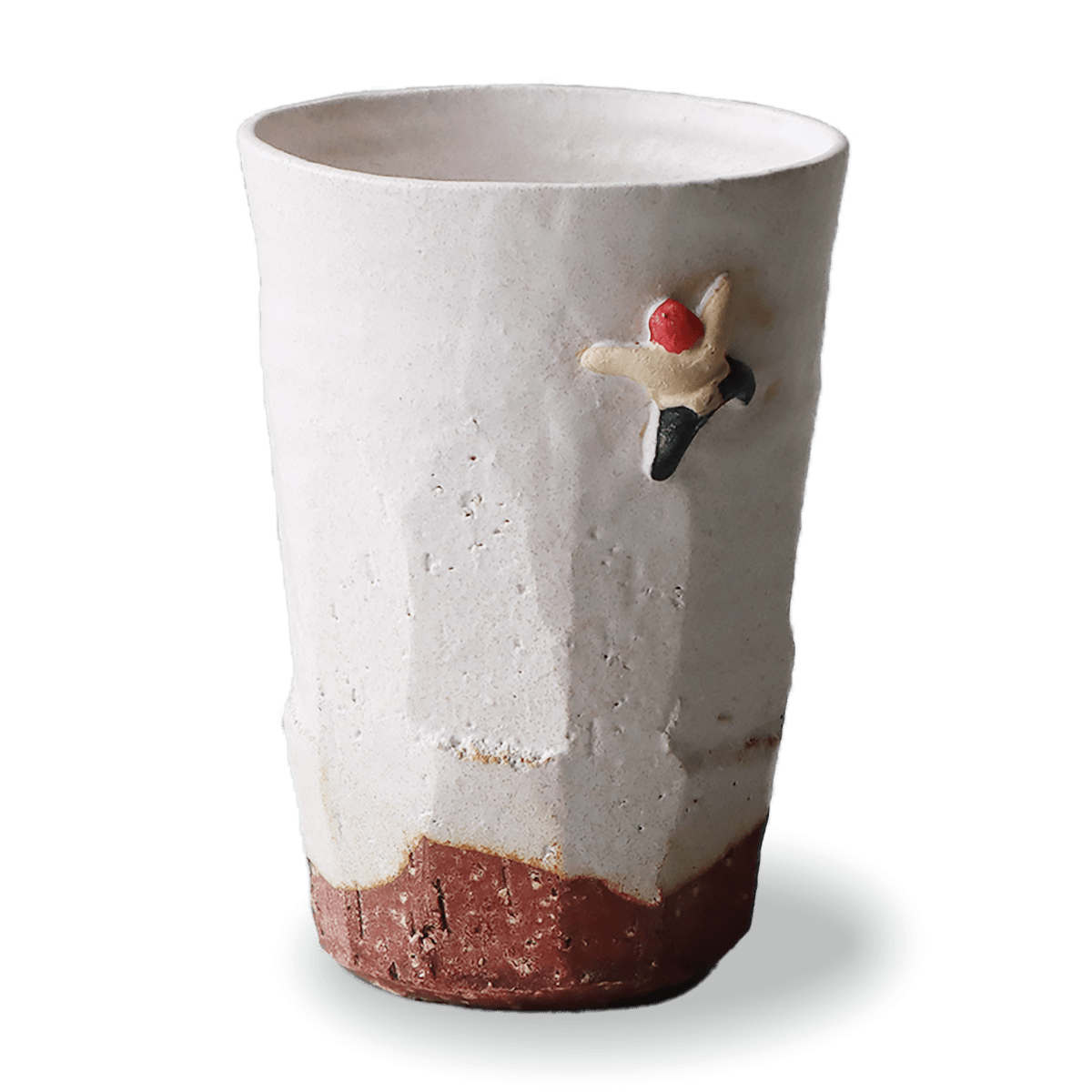
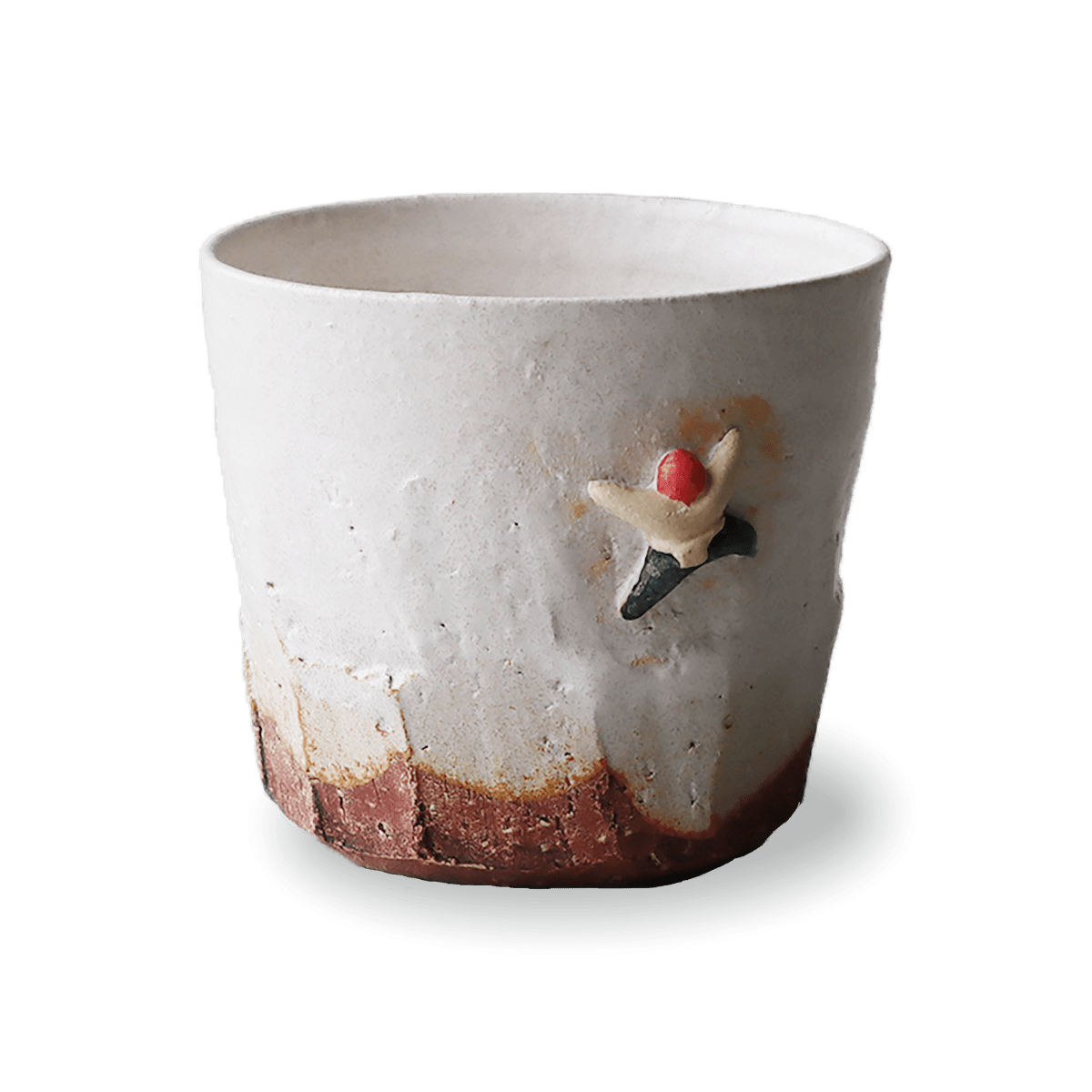
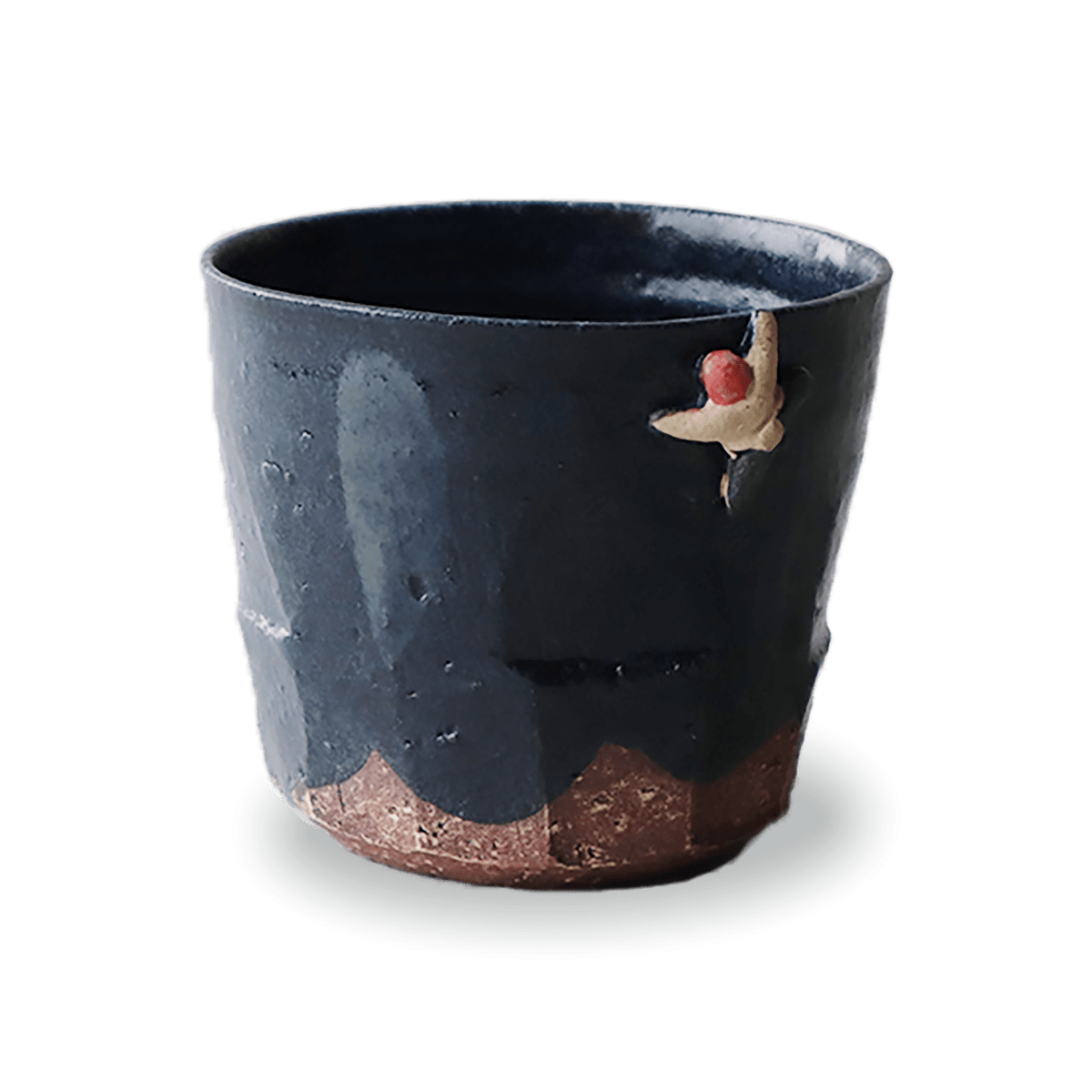


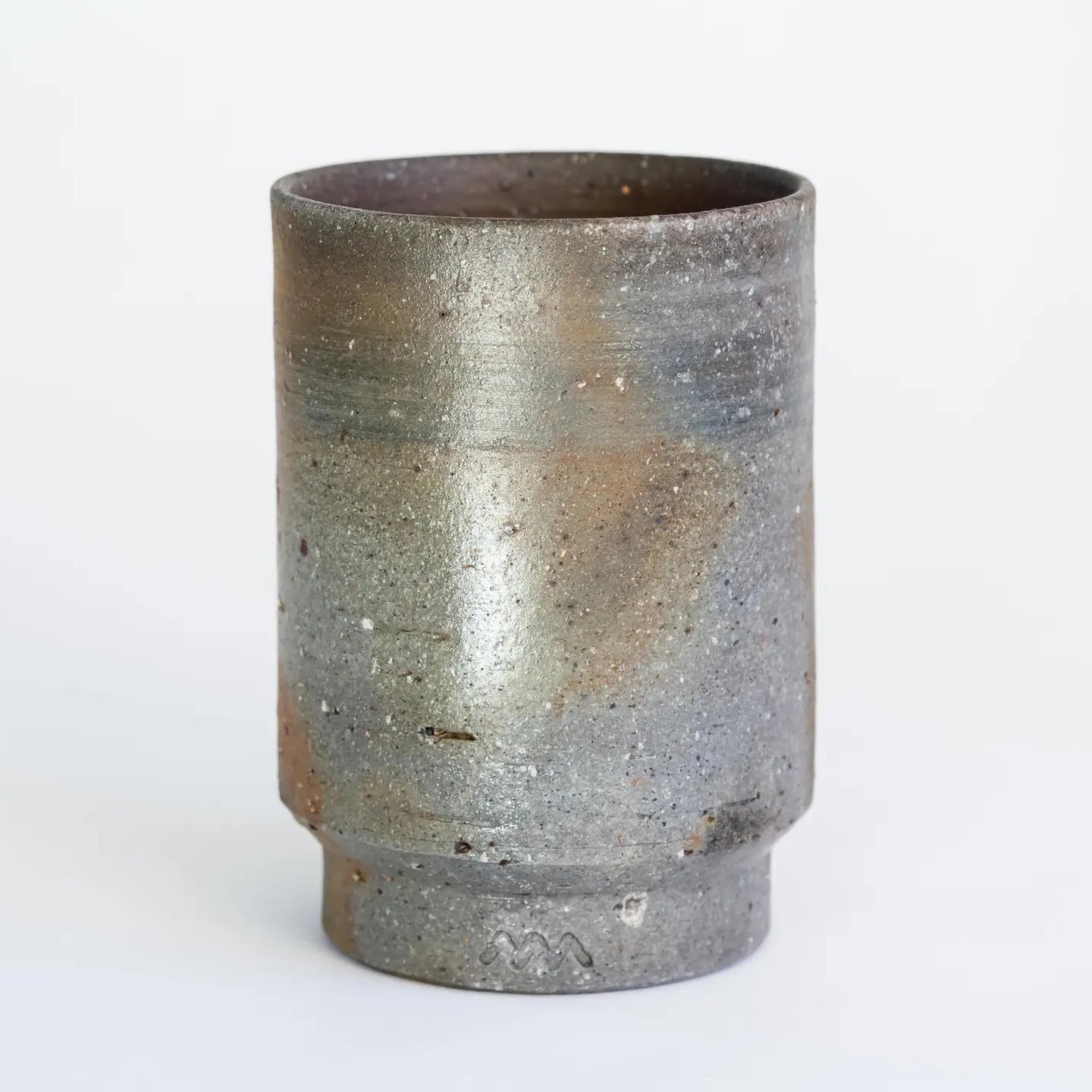
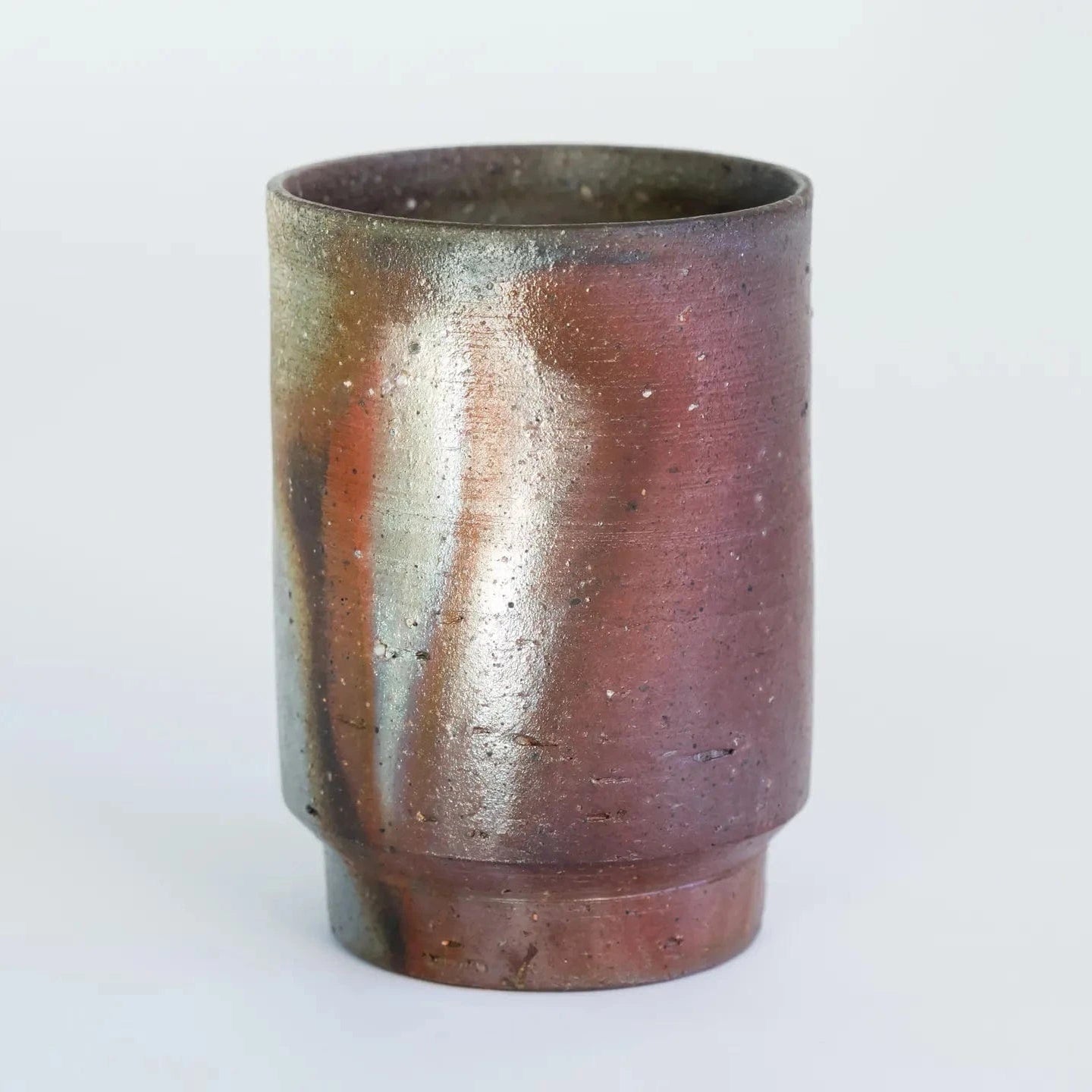
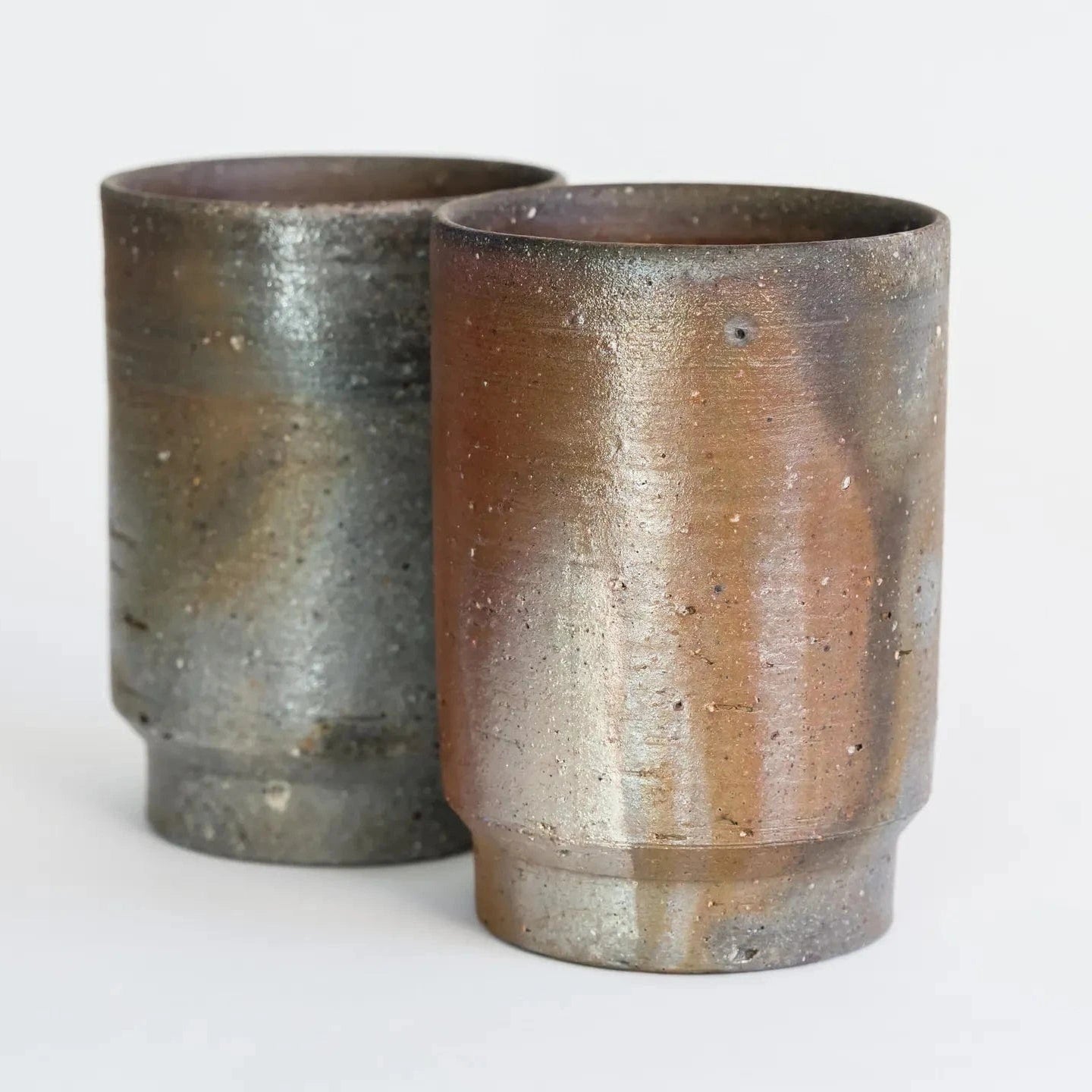
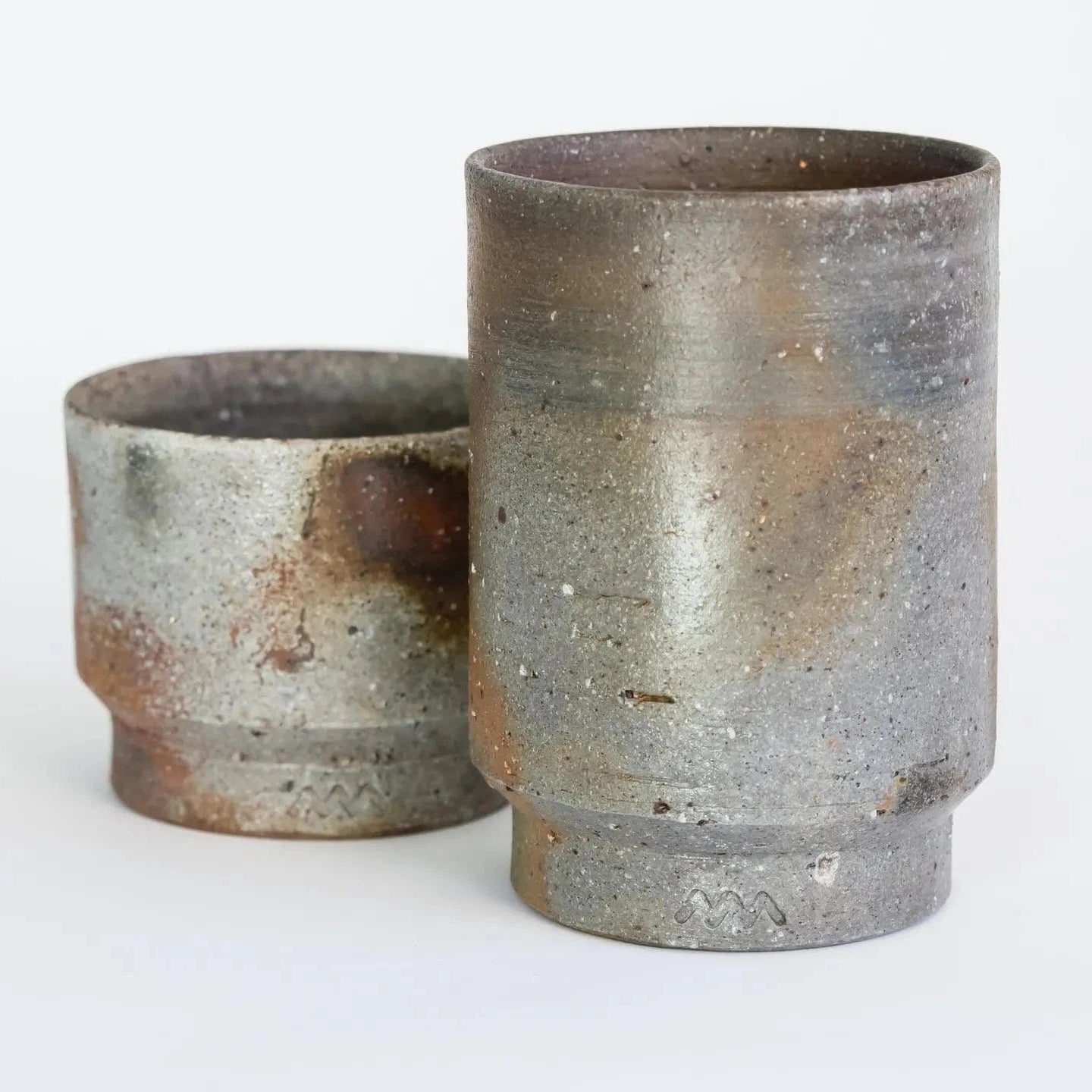
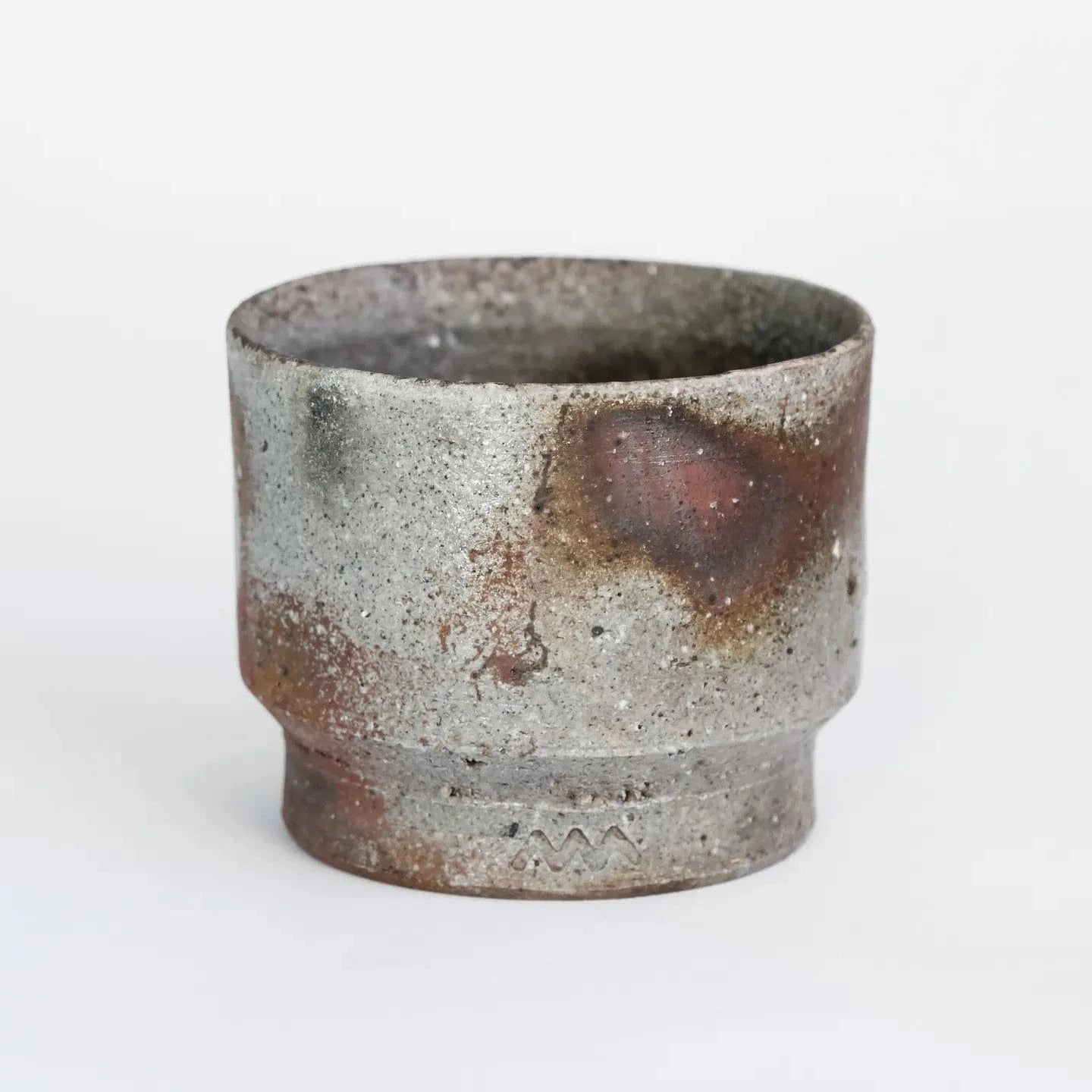





Share: